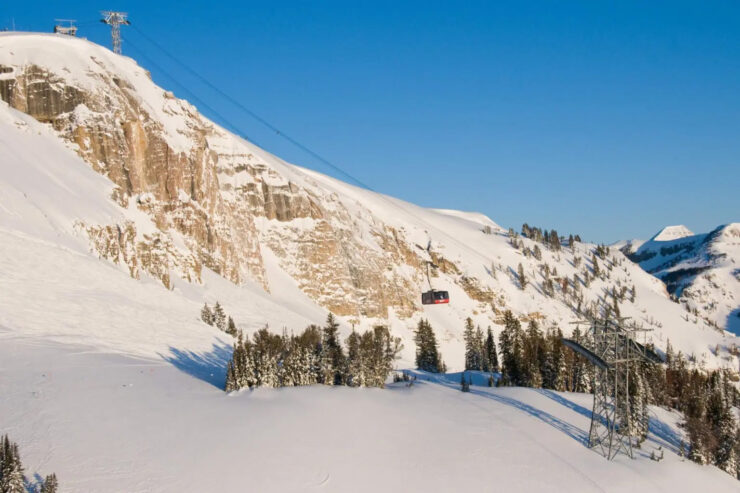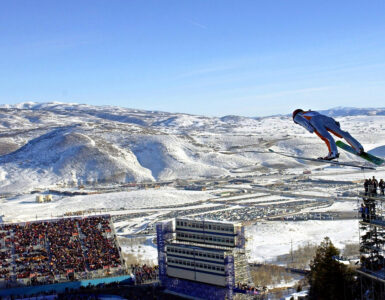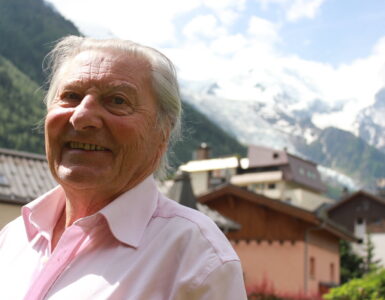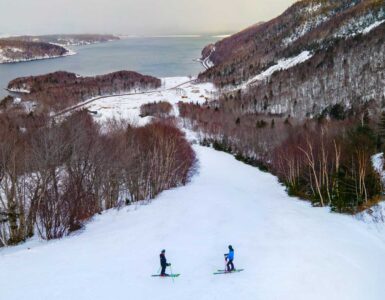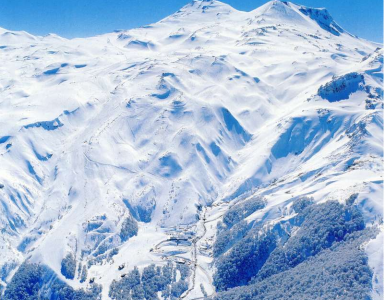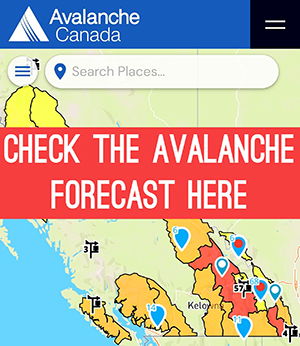Peter Wuerslin, a 71-year-old Jackson Hole ski instructor, was killed after being struck from behind by another skier who was also travelling downhill on an intermediate trail at Jackson Hole Mountain Resort, on April 14. The Teton County coroner has ruled the death a homicide.
A separate police investigation is underway, and the coroner’s finding “does not mean the TCSO (Teton County Sheriff’s Office) or County Attorney will come to the same conclusion,” Teton County Coroner Brent Blue wrote in an email to Buckrail.
Wuerslin, a part-time instructor who was not working at the time of the incident, was hit on “Rendezvous” trail when a 34-year-old male skier collided with him. Ski patrol responded, and both skiers were transported to the St. John’s Urgent Care Clinic. Wuerslin was then flown to the Eastern Idaho Regional Medical Center and was on life support until his death on April 17.
JHMR risk and safety director Jon Bishop told Buckrail that, following an internal investigation, ski patrol had determined the collision occurred because the uphill skier “failed to maneuver around” Wuerslin.
During the Coroner’s Inquest, Blue found an intracranial hemorrhage was the cause of death and classified the death as a homicide. With the police investigation ongoing, it is likely to be some time before the state decides whether it will bring any criminal charges against the uphill skier.
Criminal charges in ski collisions are rare but not unheard of. In the 2021 collision death of ski instructor Ron LeMaster, the snowboarder who hit him on an intermediate run at Eldora Mountain, Colo., and then fled was charged with and found guilty of a petty offense for leaving the scene of a collision.
LeMaster suffered “blunt force trauma,” but prosecutors were unable to find conclusive evidence that the snowboarder had been out of control, and didn’t believe there was enough evidence to bring “homicide-related charges” against the snowboarder.
Collisions are generally accepted as part of the inherent risk of snow sports, but as more news outlets have reported on Wuerslin’s death, the incident has become part of a growing conversation about slope safety.
“We require our guests to always ski in control, and we remain focused on promoting awareness of the need for safe skiing and riding,” said JHMR president Mary Kate Buckley. “All of us at JHMR are deeply saddened by the incident,” she added. Wuerslin, a long time Jackson resident had been part of the resort’s mountain sports school for 39 years.
“This is not the outcome anyone wants when they go out skiing and riding, doing something that they love,” said Chauncy Johnson, co-founder of Snow Angel Foundation, a non-profit that works to educate ski areas and communities about on-slope collision avoidance. “We need to be able to have an open conversation about these things and build awareness.”
In 2010, a snowboarder collided with Johnson’s wife and five-year-old daughter. Johnson’s daughter and the snowboarder were both killed in the collision, and his wife sustained a traumatic brain injury. The experience led Johnson to partner with the National Ski Areas Association in 2016 on the collision awareness campaign Ride Another Day, and in 2023, he and his wife established Snow Angel Foundation to expand that work.
“A ski area is not as controlled an environment as we perceive, and there is a gap in skiers’ and riders’ understanding about how their behavior on the slopes impacts their safety and the safety of others within that environment,” said Johnson.
“Generally speaking,” he added, “intermediate runs are where most of your injuries occur, because people let loose on their speed and don’t allow enough space. They don’t realize that just because they can go fast comfortably, it doesn’t mean they can turn and stop quickly enough to avoid a collision. This is a major focus for our foundation right now.”
Snow Angel Foundation recently partnered with High Fives Foundation on a video illustrating “The Triangle of Safety,” which is comprised of speed, space, and self.
“How do we get better as a community?” Johnson asked. “I think there is a real challenge here, but I believe we can reduce collisions and increase enjoyment of the sport. We need to have better etiquette with each other on the mountain.”
Our hearts go out to all those affected by this tragic accident.
Reported by Katie Brinton, SAM


